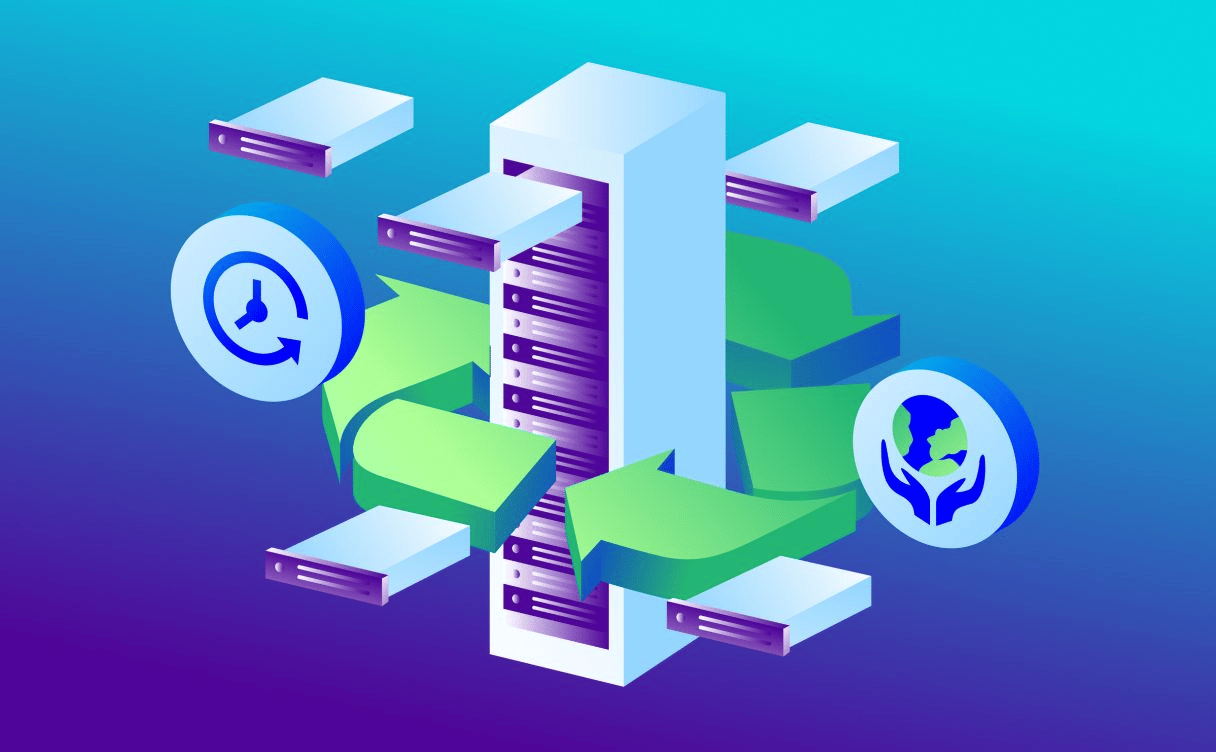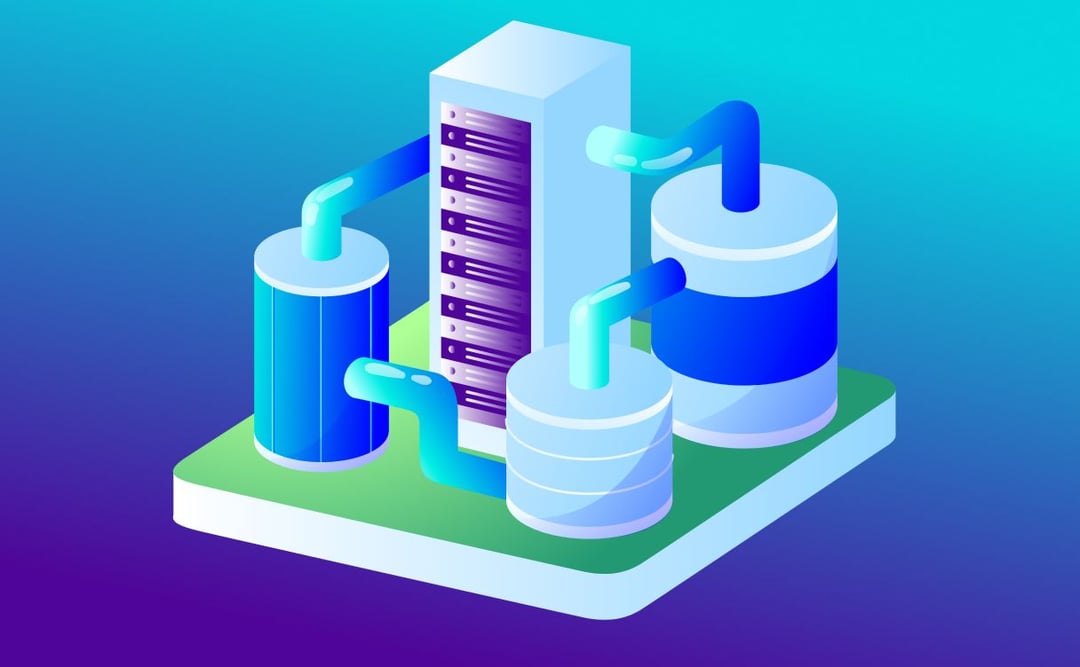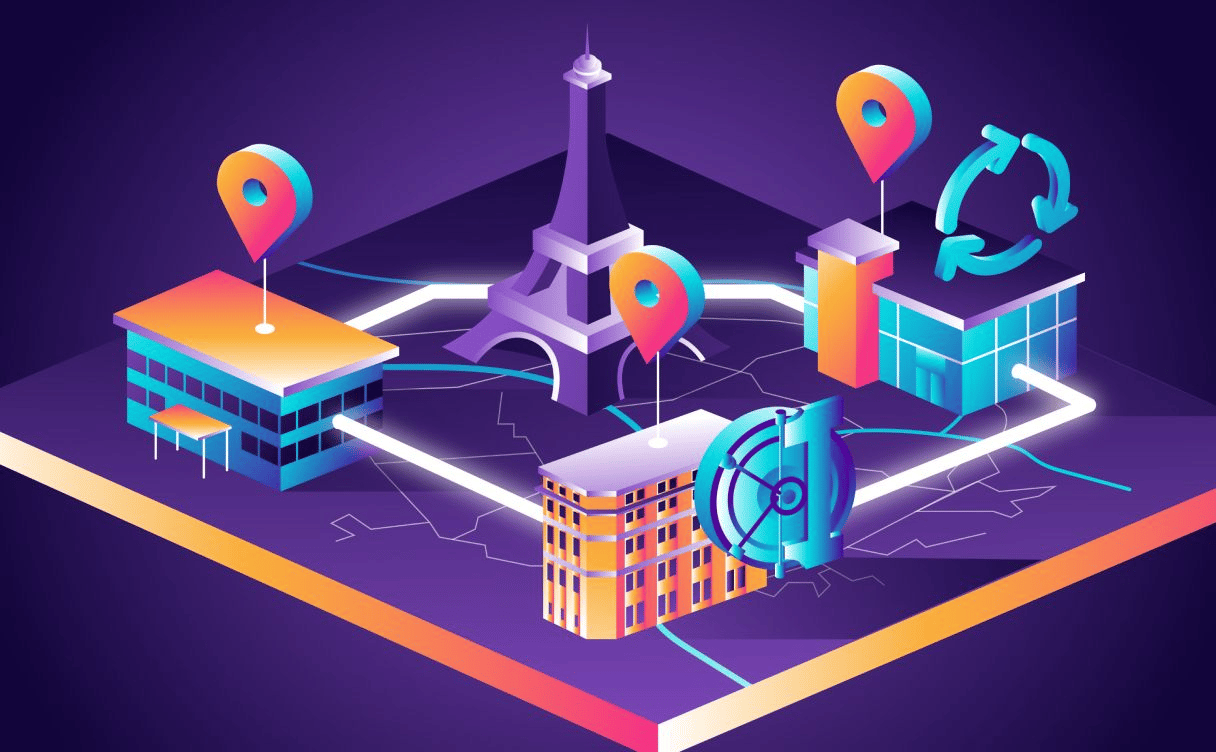
Why sustainable chip sourcing matters for European tech
Since the second half of 2020, demand for semiconductors has exceeded supply. Cue a global shortage, aggravated by pandemic-induced lockdowns, has left the world reeling.

I was invited early February to speak at a virtual event organized by the “water group” of the European Parliament, about “Making the energy efficiency directive water-smart”. A timely opportunity to remind EU lawmakers why and how we need smart and bold regulations to drive virtuous evolutions in the data center industry, in terms of energy efficiency practices.
July 14 of last year, the European Commission adopted an ambitious package of legislative proposals, called “fit for 55”, to make the EU's climate, energy, land use, transport and taxation policies ready to reduce net greenhouse gas emissions by at least 55% by 2030, versus 1990 levels. Interestingly, this revision of the energy efficiency directive (EED) explicitly includes the IT sector, for the first time.
As such, for the European Commission, “in 2018, the energy consumption of data centers in the Union was 76,8 TWh. This is expected to rise to 98,5 TWh by 2030 a 28% increase. This increase in absolute terms can as well be seen in relative terms: within the EU, data centers accounted for 2,7% of electricity demand in 2018 and will reach 3,21% by 2030, if development continues on the current trajectory”.
Based on this assessment, the EC seems genuinely committed to introducing transparency measures around the IT sector’s environmental footprint, and notably reminds us of the need for highly energy-efficient and sustainable data centers. For this purpose, the EED proposal incites EU Member States to establish a data center sustainability indicator based on four parameters: energy efficiency, share of renewable energy, reuse of any waste heat, and usage of fresh water. Let’s note that this provision seems, nevertheless, optional and has no legally-binding dimension.
As we all know, the issue of water usage by the data center industry, in Europe and worldwide, has traditionally been a taboo subject in our sector. “Move along, nothing to see here”! Today, according to Nature, less than a third of data center operators measure water consumption. Most often, this indicator is protected, as if it were a trade secret.
However, from what we know and what we read, there is a real issue. A single data center can use as much power as a small city, and requires significant amounts of water for cooling. In this extreme example taken in 2021, one 15 megawatt data center in the USA was reported to use up to 360,000 gallons of water a day. In 2014, a total of 626 billion liters of water use was attributable to US data centers. Medium-sized data centers (15 megawatts (MW)) use as much water as three average-sized hospitals, or more than two 18-hole golf courses. And from the limited figures available, some data center operators are drawing more than half of their water from drinking water sources…
Water consumption is, in addition, a dead angle in the calculation of data centers’ energy efficiency. Our industry has to date almost exclusively focused on “power usage effectiveness” (PUE), i.e. the ratio between the amount of power entering a data center and the power used to run the computer infrastructure within it. According to Barclays, this “somewhat shifted the cooling burden from electricity to water (given water consumption was invisible to the PUE calculation)”. Meanwhile, discussions about normalizing a “water usage effectiveness” indicator are still ongoing, at ISO level.
In this context, at Scaleway, we have been implementing a bold and responsible environmental strategy for nearly two decades, based on innovation, and relevant investment, based on tangible and measurable commitments. Indeed, our DC5 data center is probably the most energy- and water-efficient in Europe. We are especially proud to be amongst the only players to advocate for a drastic reduction of water usage in a sector where status quo is prevailing.
First of all, we believe that transparency cannot be optional. Without reinventing the wheel, the EU co-legislators have an opportunity to empower the already existing EU code of conduct for data centers’ energy efficiency. Launched in 2008, this initiative could have, in our opinion, a much higher impact, and would deserve a lot more recognition in our industry and by the clients.
Today, however, the code of conduct remains largely ignored and does not incentivize those virtuous players who make the effort to be transparent. Typically, we believe that the directive could make registration and reporting to the code of conduct’s register mandatory for data centers, above 1Mw: while it is true that smaller data centers are proportionally less efficient, EU lawmakers should first and foremost be very demanding with the largest infrastructures. Given the rapid growth of data centers development in the Paris region, official research predicted, in 2019, that one third of the region's electricity will be used by these infrastructures. In some cases, we refer to 100 000m2 of surface for these new projects, associated to record energy consumption - they need to be covered by EU-wide energy efficiency legislation!
We often hear that transparency and security can’t go hand in hand. This is nonsensical. Releasing such parameters as GPS coordinates, altitude, surface area, the data center type (Edge 0-1MW, Standard 1-8MW, Hyperscale 8MW-20MW), total IT capacity, PUE design or WUE (Water Usage Efficiency) design, raises no issues per se for the protection of clients’ data. We already benefit from nutritional scores on food - this sustainability indicator for data centers could pave the way for an energy score for data centers. This would greatly contribute to educate markets, and give clients a precious tool to make smart decisions.
In the meantime, some indicators and data proposed for reporting by the EC (annual incoming and outgoing data traffic; and the amount of data stored and processed within the data centre) are not relevant for assessing data centers’ environmental footprint. Providing this data is the clients’ responsibility, not that of data center operators. Whilst we naturally encourage EU institutions to set the highest possible standards and demands in terms of environmental transparency, those demands need to be practical.
As for waste heat opportunities management: we understand the high level of expectations this perspective is raising for the national and EU lawmakers, which explains why the draft directive wants our industry to “assess the cost and benefits of utilizing waste heat to satisfy economically justified demand, and of the connection of that installation to a district heating network or an efficient/RES-based district cooling system”. In this area, however, there is no one-size-fits-all solution: the low-grade temperature heat returned by our own data centers is difficult to transport without using additional energy-intensive technologies. Furthermore, the diversity of geographic configurations makes it difficult to derive general rules in terms of waste heat reuse.
Ultimately, to be truly water-smart, the EED should go beyond transparency requirements encompassing “freshwater” consumption. Did you know that certain - extremely water-intensive - cooling technologies can trigger legionella risks? We are convinced that such risks should be eradicated in Europe, with appropriate legislation throughout the EU, setting ambitious WUE limits for the data center industry. Relevant technologies have been ready for years now, but they have yet to be adopted, due to our sector’s latent conservatism.
Also, to avoid the risk of legionella, most data centers use chlorine and bromine-based chemicals and disinfectants, causing pollution and acid rain. Bromine is a particularly dangerous chemical that is highly toxic for organic systems and impacts the neuronal membrane. Public authorities need to be aware of that, and to monitor such practices related to data center (black or grey) water consumption.
Water usage in our industry is a complex, multifaceted and opaque matter. Various self-regulatory initiatives have been (and are still) trying to tackle this aspect, with a constant collective result: lack of real ambitions, hidden behind glossy marketing. It is therefore highly encouraging to see that EU institutions are now embracing this complex subject. Europe is the only relevant scale to address this challenge, as non-unified national regulations would surely be a source of negative externalities, if there is no level playing field between European countries.
This is an essential move, not only to massively reduce water consumption, but also to generate trust in the digital society of tomorrow, underlied by cloud computing and data centers, as the physical linchpin of our digitalized world. We owe this trust to our clients, to our public institutions, but also to the overall society and to the next generations.

Since the second half of 2020, demand for semiconductors has exceeded supply. Cue a global shortage, aggravated by pandemic-induced lockdowns, has left the world reeling.

Discover how DC5 operates: How do we optimize the energy footprint of datacenter? How can we prevent power loss? How can we deliver proper cooling make it modular?

When you build your infrastructure with Scaleway, it’s important to take a few simple rules into account, to limit the risk of data loss. Data is a shared responsibility: provider & customer.